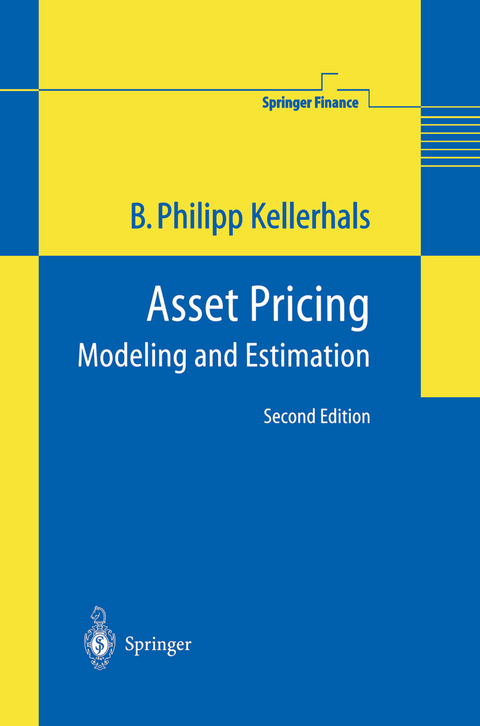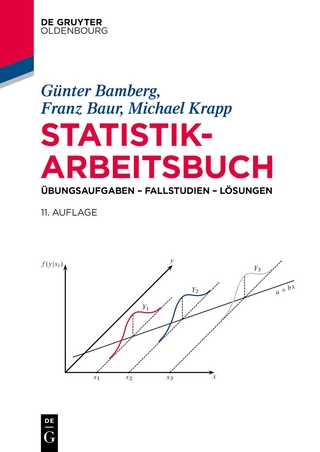
Asset Pricing
Springer Berlin (Verlag)
978-3-642-05879-0 (ISBN)
I Asset Pricing Framework.- 1 Financial Modeling.- 2 Estimation Principles.- II Pricing Equities.- 3 Introduction and Survey.- 4 Valuation Model.- 5 First Empirical Results.- 6 Implications for Investment Strategies.- 7 Summary and Conclusions.- III Pricing Fixed-Income Securites.- 8 Introduction and Survey.- 9 Term Structure Model.- 10 Initial Characteristic Results.- 11 Risk Management and Derivatives Pricing.- 12 Calibration to Standard Instruments.- 13 Summary and Conclusions.- IV Pricing Electricity Forwards.- 14 Introduction and Survey.- 15 Electricity Pricing Model.- 16 Empirical Inference.- 17 Summary and Conclusions.- List of Symbols and Notation.- List of Tables.- List of Figures.- References.
From the reviews of the second edition:
"This book provides a canonical framework that shows how to bridge the gap between the continuous-time pricing practice in financial engineering and the capital market data inevitably only available at discrete-time intervals. ... The reorganized and improved text further integrates the latest research contributions in three covered application fields: equities with closed funds, fixed-income products and electricity derivatives." (T. Postelnicu, Zentralblatt MATH, Vol. 1086, 2006)
| Erscheint lt. Verlag | 6.12.2010 |
|---|---|
| Reihe/Serie | Springer Finance |
| Zusatzinfo | XIV, 243 p. |
| Verlagsort | Berlin |
| Sprache | englisch |
| Maße | 155 x 235 mm |
| Gewicht | 398 g |
| Themenwelt | Wirtschaft ► Betriebswirtschaft / Management |
| Wirtschaft ► Volkswirtschaftslehre ► Ökonometrie | |
| Wirtschaft ► Volkswirtschaftslehre ► Wirtschaftspolitik | |
| Schlagworte | Asset Pricing • Closed-End Funds • Continuous-Time Financial Market Models • Derivate • Electricity Derivatives • financial modeling • Funds • Investment • Kalman Filtering • Modeling • Quantitative Finance • stochastic model • Term Structure Models |
| ISBN-10 | 3-642-05879-5 / 3642058795 |
| ISBN-13 | 978-3-642-05879-0 / 9783642058790 |
| Zustand | Neuware |
| Haben Sie eine Frage zum Produkt? |
aus dem Bereich


